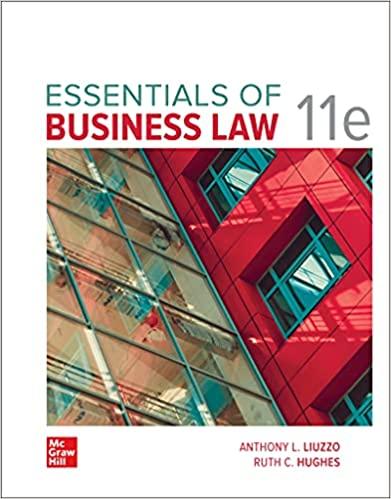Question
1.What are the four common features that define the Canadian human rights model? 2.What is indirect discrimination, and how is it treated by the law?
1.What are the four common features that define the Canadian human rights model?
2.What is indirect discrimination, and how is it treated by the law?
3.What are the prohibited grounds of discrimination in Canadian jurisdictions?
4.What is a Bona Fide Occupational Requirement (BFOR), and how it is applied in human rights cases?
5.What is the duty to accommodate, and what point does the duty begin and end?
1.Why is human rights law at work considered an emerging and evolving area of law?
2.Describe the tension between BFOR, accommodation, and undue hardship. Explain why the tension exists.
3.Why do different jurisdictions have differing prohibited grounds in their human rights acts?
4.If discrimination can be unintentional, how does the human rights system determine when it has occurred?
Step by Step Solution
There are 3 Steps involved in it
Step: 1

Get Instant Access to Expert-Tailored Solutions
See step-by-step solutions with expert insights and AI powered tools for academic success
Step: 2

Step: 3

Ace Your Homework with AI
Get the answers you need in no time with our AI-driven, step-by-step assistance
Get Started


